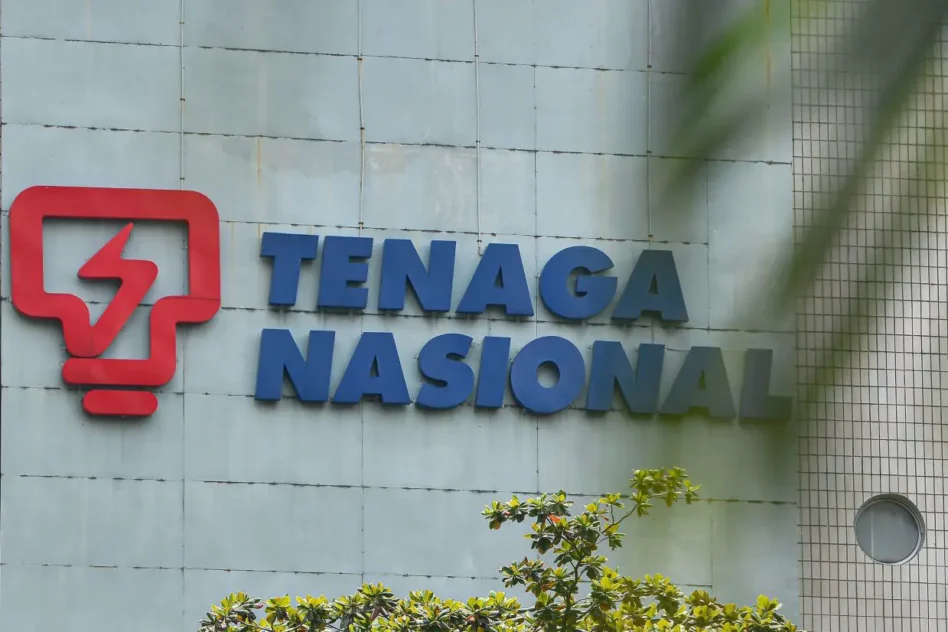WITH the persistent rise in inflation, a cycle of global monetary tightening has begun, with the US Federal Reserve leading the pack. Many central banks in developing and emerging economies are also keeping their focus trained on fight against higher and longer inflation.
As the US monetary policy is a major driver of the global financial cycle and cycles of capital flow, the quantum of the Fed funds rate increases and the degree to which the Fed surprises the market may pose dangers to emerging market economies (EMEs).
Past experiences showed that the rise in the US interest rates driven by expectations of more hawkish monetary actions is a reliable predictor of financial stresses in EMEs.
These episodes were demonstrated in early 1980’s Latin American crises, the Mexican crisis in 1994 and the Fed’s Taper Tantrum of 2013 whereby increasing interest rates in the US and other advanced economies had led to financial crises and sudden stops in emerging markets.

The International Monetary Fund’s (IMF) study on “monetary policy surprises” by the Fed or the European Central Bank (ECB) indicated that each percentage point rise in the US interest rates tends to immediately lift long-term interest rates by a third of a percentage point in the average emerging market or two-thirds of a percentage point in one with a lower, speculative grade credit rating.
All else equal, portfolio capital immediately flows out of emerging markets and their currencies depreciate against the US dollar.
Stemming pressure
Can EMEs withstand the US interest rate hikes? Increasing US interest rates happen at a time when the EMEs are being significantly challenged by multitude shocks from persistent supply disruptions, rising cost and inflation pressures, weaker local currencies, and with the Russia-Ukraine’s conflict inflicted negative shock.
Higher interest rates stemming from hawkish Fed policy or inflationary pressures are much more disruptive. The hike in the US interest rate will tend to push up the value of the greenback and will make it difficult for EMEs on three fronts:
- Borrowing costs: An increase in the real value of emerging debt increases the costs of servicing debt in local currency. Higher interest rates and tighter liquidity conditions limit will also make it costly for the Government and companies to borrow or re-finance debt under sustainable conditions;
- Capital flows: Higher interest rates in the US could mean that capital will move away from EMEs and flow towards the US Treasury securities in search of higher investment returns; and
- Exchange rates: Higher interest rates typically support the US dollar by making the US denominated assets more attractive to yield-seeking investors. The strengthening US dollar backed by better yield differential will significantly pressurise EMEs’ currencies. This was seen in 2018 whereby the Fed’s aggressive hiking cycle has exerted considerable pressure on many EMEs’ currencies with some falling to record or near-record lows.
We should not put all EMEs into the same basket of risks. The degree of generated adverse spill-overs to EMEs would depend on the state of economic and financial resilience, including the economic prospect and inflation outlook, fiscal and debt, healthy current account position and foreign reserve accumulation.
Erecting financial fortress
EMEs with ample monetary and fiscal space, strong recovery prospects, well-anchored inflation, manageable fiscal and debt level, healthy current account balances as well as strong war chest of unencumbered foreign reserves (3.5 to four months of retained imports and reserves) should be able to withstand rate increases in advanced economies.
However, the COVID-19 pandemic shock has weakened some countries’ lines of defence against future shocks. Some have narrowed fiscal space; and ladened with bloated government and corporate debt.
While the central banks’ policy rate was lowered to historical low to counteract the pandemic crisis, some have begun to normalise their interest rate in recent months to contain rising inflation pressures amid the economic recovery post the pandemic.
Malaysia has experienced several episodes of large and volatile capital flow reversals during the 2008-2009 Global Financial Crisis (GFC) which saw portfolio outflows of US$26.0 bil during 3Q 2008-1Q 2009 and during the 2014-2015 oil price shock with portfolio outflows amounted to US$13.7 bil between 3Q 2014 and 3Q 2015.
Bank Negara Malaysia (BNM) has deployed its international reserves to mitigate the significant withdrawal of foreign currency liquidity and prevent excessive ringgit exchange rate fluctuations that would have harmed the Malaysian economy and businesses.
BNM’s international reserves (US$114.4 bil as of April 15; 6.0 months of imports of goods and services, and 1.2 times total short-term external debt) is deemed to remain adequate to meet the potential foreign currency needs during periods of sizeable capital withdrawals while its flexible exchange rate regime shall allow the ringgit to adjust against the two-way capital flows.
As it is, Malaysia’s banking sector remains strongly capitalised and its domestic capital market is deep and efficient to mitigate the impact of capital-flow volatility. Malaysia’s participation in regional and global international financial safety nets adds another layer of buffer against foreign currency liquidity crisis.
The Government should now move to alleviate structural fiscal deficit by reducing debt and liabilities to rebuild fiscal buffer against future shocks. – May 5, 2022
Lee Heng Guie is the executive director of the think-tank, Socio-Economic Research Centre (SERC).
The views expressed are solely of the author and do not necessarily reflect those of Focus Malaysia.









